
24 best ramen in Tokyo
Tokyo is a paradise for ramen lovers, offering an incredible range of flavors and styles. From rich, creamy tonkotsu to refreshing shio varieties, there is a ramen shop for every palate in the city. This guide explores 24 of Tokyo’s top ramen destinations, each with a unique take on this Japanese culinary staple. Whether you’re seeking hearty bowls with pork, creative citrus flavors, or Michelin-starred excellence, these spots are guaranteed to satisfy your craving for exceptional ramen.
Contents
5. Afuri Yuzu Shio Ramen (Shio)
7. Tantanmen Tentei (Tantanmen)
10. Menya Musashi (Tonkotsu Shoyu)
11. Ichijoryu Ganko Ramen (Tonkotsu)
17. Marutama Ramen (Tori Paitan)
19. Bankara Ramen (Tonkotsu Shoyu)
20. Golden Gai Shio Ramen (Shio)
1. Ichiran Ramen (Tonkotsu)
Ichiran Ramen is famed for its rich, creamy tonkotsu (pork bone) broth, and is beloved by ramen fans for its solo dining booths, which offer a distraction-free environment for fully immersing oneself in the flavors of each bowl. Diners can personalize their ramen experience by specifying noodle firmness, broth richness, and spice level, creating a completely customized bowl. The broth, made from simmering pork bones for hours, is velvety and deeply flavorful, enhanced by Ichiran’s special red pepper sauce for those who like a little heat. Ichiran’s focus on creating a solitary, personalized dining experience and commitment to perfecting tonkotsu broth make it a staple for both locals and visitors.
2. Mutekiya (Tonkotsu)
Located in the vibrant Ikebukuro district, Mutekiya serves deeply flavorful tonkotsu ramen, enriched with pork fat and soy sauce for an umami-packed experience. The broth’s richness is balanced with generous toppings like thick slices of chashu, a soft-boiled egg, green onions, and nori. Mutekiya’s ramen is known for its intense, satisfying flavor and has earned a devoted following. The cozy, bustling atmosphere makes it ideal for those seeking traditional, savory ramen with a modern Tokyo touch. The long lines that often form outside Mutekiya are testament to its reputation as one of Tokyo’s best tonkotsu spots.
3. Menya Itto (Tsukemen)
Menya Itto, located in Shinjuku, is widely recognized for its tsukemen, or dipping noodles, a style where thick, chewy noodles are served separately from a flavorful, concentrated broth. The broth, a complex blend of pork, fish, and seafood flavors, has an intense umami punch and clings perfectly to the noodles, delivering a burst of savory flavor in each bite. Tsukemen at Menya Itto is topped with green onions, bamboo shoots, and chashu pork, creating a filling, richly layered dish that continues to draw ramen aficionados from around the world. For a true tsukemen experience, Menya Itto is an essential Tokyo ramen destination.
4. Ramen Yamashita (Shoyu)
Ramen Yamashita offers a beautifully crafted shoyu (soy sauce) ramen, featuring a fragrant, nuanced broth made from a blend of chicken, soy sauce, and dried fish. The resulting broth is light but flavorful, with a savory depth that makes each bite more interesting than the last. The toppings, which include green onions, bamboo shoots, and tender pork slices, complement the broth’s subtlety, adding texture and balancing the richness. Ramen Yamashita’s shoyu ramen is an excellent choice for diners who enjoy a refined, lightly balanced ramen, and the warm, inviting ambiance enhances the overall dining experience.
5. Afuri Yuzu Shio Ramen (Shio)
Afuri’s signature yuzu shio ramen is an innovative take on ramen, featuring a light, clear broth infused with yuzu, a fragrant Japanese citrus fruit. The salt-based broth is refreshing and delicate, with the yuzu adding a bright, slightly tangy note that elevates the dish. The ramen is topped with chashu pork, bamboo shoots, and a soft-boiled egg, which further enhances the fresh flavors. Afuri’s dedication to using seasonal, high-quality ingredients and its unique flavor profile make this ramen a popular choice among health-conscious diners and those seeking a lighter, more refreshing bowl of ramen. The yuzu shio ramen at Afuri has become a standout in Tokyo’s ramen scene for its originality and delicate flavors.
6. Kikanbo (Spicy Miso)
Kikanbo, located in Chiyoda, is renowned for its fiery miso ramen, offering a robust, spicy experience that can be customized to suit individual heat preferences. The broth is flavored with Sichuan pepper and chili powder, creating a deep, complex heat that is balanced by the sweetness of corn and green onions. The ramen is topped with chashu pork, corn, and green onions, creating a contrast of flavors and textures that enrich each mouthful. Kikanbo’s spicy miso ramen is a perfect choice for spice enthusiasts and anyone seeking an intense ramen experience that is both bold and memorable. The customizable heat levels allow diners to challenge themselves and enjoy a bowl that matches their spice tolerance.
7. Tantanmen Tentei (Tantanmen)
Tantanmen Tentei specializes in tantanmen, a creamy, sesame-based ramen inspired by Sichuan dandan noodles. The broth has a mild spice from chili oil and incorporates ground pork and sesame paste, creating a rich, nutty flavor that is both comforting and satisfying. Topped with vegetables, green onions, and sometimes a dash of Sichuan pepper, tantanmen offers a balanced profile of savory, sweet, and spicy flavors that is perfect for cooler days. Tantanmen Tentei’s dedication to this style makes it a must-visit for those seeking a ramen that combines creamy and spicy elements in one bowl.
8. Sumire (Miso)
Sumire is a Sapporo-based ramen shop famous for its thick, rich miso ramen, known for its heartiness and warmth. The miso broth is deep, savory, and slightly sweet, with garlic and pork providing added depth. Sumire’s ramen is topped with bean sprouts, corn, and green onions, giving it a hearty, textural balance that enhances the umami-packed broth. The Sapporo-style miso ramen at Sumire is both filling and satisfying, ideal for cold days or anyone looking for a classic miso experience with intense, savory flavors.
9. Nakiryu (Shoyu)
Nakiryu is one of Tokyo’s few Michelin-starred ramen shops, specializing in shoyu ramen with a delicately balanced, flavorful broth. The soy sauce base is blended with chicken and seafood, creating a broth that is both savory and elegant. Nakiryu’s ramen is served with thin, firm noodles and topped with green onions, bamboo shoots, and thin slices of pork. The flavors at Nakiryu are carefully crafted, and each element in the bowl is meticulously prepared to provide a harmonious dining experience. For a sophisticated take on traditional ramen, Nakiryu is a must-visit destination for ramen lovers seeking a high-end experience.
10. Menya Musashi (Tonkotsu Shoyu)
Menya Musashi is named after the legendary samurai Musashi Miyamoto and is known for its bold, rich tonkotsu shoyu ramen. The broth combines pork bone and soy sauce flavors, resulting in a savory, deeply flavored soup that is perfect for those seeking a hearty meal. The ramen features thick, wavy noodles, generous portions of chashu, bamboo shoots, and a marinated egg, all served in a setting that reflects the samurai theme. Menya Musashi’s energetic atmosphere, robust flavors, and samurai-inspired décor make it a standout choice for ramen lovers in Tokyo.
11. Ichijoryu Ganko Ramen (Tonkotsu)
Ichijoryu Ganko Ramen offers a deeply flavorful, creamy tonkotsu ramen that’s perfect for those who appreciate a pork-forward broth. The broth has a rich, full-bodied flavor with a slight sweetness that balances the pork’s intensity. Firm noodles and classic toppings, like green onions and tender pork slices, make this a well-rounded and satisfying bowl. Ichijoryu Ganko Ramen is a top recommendation for diners looking for a tonkotsu experience with a bold, savory depth and traditional toppings.
12. Kurumaya Ramen (Shoyu)
Kurumaya Ramen is known for its shoyu ramen, featuring a soy-based broth that combines pork and chicken bones for a deep, savory flavor. The ramen is topped with green onions, bamboo shoots, and nori, creating a balanced, authentic bowl that appeals to fans of traditional shoyu ramen. Kurumaya’s cozy, inviting interior enhances the dining experience, making it an ideal choice for those seeking a comforting, flavor-rich bowl of ramen in Tokyo.
13. Ramen Gogyo (Burnt Shoyu)
Ramen Gogyo’s burnt shoyu ramen is an innovative twist on ramen that uses charred soy sauce to create a smoky, intense broth. The dark, flavorful broth is paired with firm noodles, green onions, bamboo shoots, and pork, creating a unique, aromatic experience that stands out from more traditional ramen offerings. The smoky flavor adds a complex depth to the ramen, making Gogyo’s burnt shoyu a must-try for adventurous diners seeking a ramen experience that goes beyond the classic flavors.
14. Tsuta (Shoyu)
Tsuta, the world’s first Michelin-starred ramen shop, is known for its elegant shoyu ramen, which incorporates truffle oil into the broth. The combination of soy sauce, chicken, and seafood creates a layered, refined flavor, with the truffle oil adding a luxurious finish. Tsuta’s ramen is topped with green onions, bamboo shoots, and thin slices of pork, making it a dish that is both visually appealing and deliciously aromatic. Tsuta’s focus on high-quality ingredients and flavor balance make it a top destination for ramen lovers seeking a gourmet experience.
15. Menkobo Tei (Tantanmen)
Menkobo Tei serves a popular tantanmen, featuring a sesame-based broth that’s creamy and mildly spicy. The broth incorporates ground pork, garlic, and a hint of chili oil, giving it a rich, nutty flavor that is complemented by the spiciness. Topped with green onions, bamboo shoots, and occasionally Sichuan pepper, Menkobo Tei’s tantanmen is perfect for those looking for a ramen that combines savory, spicy, and creamy flavors in one satisfying bowl.
16. Tenshuu (Shio)
Tenshuu is a favorite spot for those who prefer a lighter, salt-based shio ramen. The clear broth is delicately seasoned, providing a refreshing contrast to heavier ramen varieties, while maintaining a satisfying depth of flavor. Topped with chashu, green onions, and nori, Tenshuu’s shio ramen is simple yet elegant, ideal for diners looking for a light but flavorful meal that highlights the quality of the ingredients.
17. Marutama Ramen (Tori Paitan)
Marutama Ramen specializes in tori paitan, a creamy chicken-based ramen that offers a unique twist on traditional pork broths. The chicken broth is rich and silky, lighter than tonkotsu but still deeply satisfying. Topped with green onions, soft-boiled eggs, and tender slices of chicken chashu, Marutama’s ramen has a delicate flavor profile that highlights the savory essence of the chicken. The smooth texture and lighter quality of the broth make this an excellent choice for those looking for an alternative to pork-based ramen without sacrificing flavor and satisfaction.
18. Kinmokusei (Shoyu)
Kinmokusei offers a fragrant shoyu ramen made with a balanced blend of chicken and seafood in a soy-based broth. Known for its refined flavor, the broth is paired with thin, firm noodles that complement the broth’s savory notes. Topped with pork, green onions, and bamboo shoots, Kinmokusei’s ramen is perfect for fans of shoyu ramen looking for a sophisticated and authentic bowl. The subtle complexity of the broth and the careful preparation of each ingredient make Kinmokusei a highly recommended stop for ramen enthusiasts seeking classic flavors.
19. Bankara Ramen (Tonkotsu Shoyu)
Bankara Ramen is celebrated for its tonkotsu shoyu ramen, which combines the richness of pork bone broth with the savory taste of soy sauce. This combination creates a thick, flavorful broth with a slight sweetness that enhances the pork and soy sauce base. The ramen is served with thick noodles and generous toppings, including tender chashu, bamboo shoots, and a marinated egg, providing a hearty and fulfilling bowl. Bankara’s distinctive tonkotsu shoyu is ideal for diners who enjoy robust, intense flavors and hearty ramen portions.
20. Golden Gai Shio Ramen (Shio)
Golden Gai Shio Ramen is known for its light, salt-based broth that offers a clean, subtle flavor profile. The clear broth is refreshing and simple yet packed with umami, providing a perfect canvas for the high-quality ingredients, including chashu pork, green onions, and soft-boiled egg. This shio ramen is perfect for diners looking for a lighter, more delicate ramen experience. Located in the famous Golden Gai area, this ramen shop combines simplicity and tradition for a memorable meal.
21. Shibasaki-tei (Shoyu)
Shibasaki-tei is renowned for its classic shoyu ramen, featuring a soy-based broth crafted from pork, chicken, and fish. The deep, umami-rich flavor of the broth is complemented by firm noodles, green onions, bamboo shoots, and tender pork slices. Known for its traditional approach, Shibasaki-tei appeals to those who love the timeless taste of shoyu ramen done with meticulous attention to flavor. The cozy interior and welcoming atmosphere further enhance the experience, making Shibasaki-tei a top choice for classic ramen lovers.
22. Tenshukushi (Shio)
Tenshukushi serves a refreshing shio ramen, featuring a clear, salt-based broth that is light and flavorful. The simplicity of the broth highlights the quality of the ingredients, including tender chashu, green onions, and nori. Tenshukushi’s ramen is perfect for diners who appreciate subtle flavors and elegant presentations. This spot’s commitment to using quality ingredients and attention to detail makes it an excellent choice for those seeking a lighter, more refined ramen experience.
23. Kagura Chuka Soba (Soy-based Shoyu)
Kagura Chuka Soba offers a traditional soy-based shoyu ramen with a deep, comforting broth made from both pork and chicken bones. This ramen shop focuses on providing a classic experience, with toppings like green onions, bamboo, and tender chashu pork that enhance the rich broth. Kagura Chuka Soba’s dedication to traditional flavors and techniques makes it a popular choice for those seeking authentic shoyu ramen in a cozy, inviting setting.
24. Golden Bowl Tokyo (Unique Flavors)
Golden Bowl Tokyo stands out in the ramen scene for its inventive takes on ramen, blending Japanese flavors with international inspirations. With broths that range from garlic-infused tonkotsu to yuzu-based shio, Golden Bowl Tokyo offers a rotating menu of creative options that appeal to adventurous diners. Known for its contemporary twists and use of unusual ingredients, Golden Bowl Tokyo is an ideal choice for ramen enthusiasts looking to try something new and unexpected. Each bowl is carefully crafted to provide a unique and satisfying ramen experience.
Tokyo’s ramen scene is filled with variety and creativity. Each of these 24 ramen shops offers a unique style and experience, ensuring there’s a perfect bowl for every taste. Whether you’re a fan of bold tonkotsu flavors, lighter shio ramen, or adventurous modern twists, this guide will help you explore the best ramen Tokyo has to offer.
Share
You may also like
-

Visiting Japan’s Love Hotel Districts: What to Expect
Japan’s love hotel districts are famous for their unique and fascinating blend of privacy, creativity, and a touch of...
-

Top 10 Late-Night Dining Spots in Tokyo’s 24-Hour Cafes
Tokyo’s vibrant nightlife extends well beyond bars and nightclubs, with a thriving late-night dining culture tha...
-

Best Night Tours in Tokyo for After-Dark Adventures
Tokyo’s nightlife is renowned for its energy, vibrancy, and unique blend of traditional and modern experiences. From ...
-
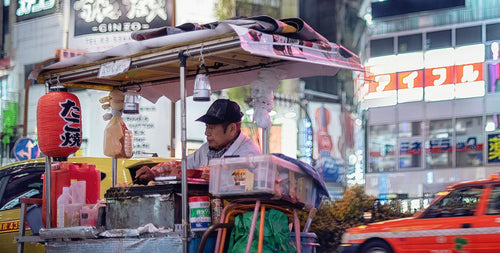
Japan’s Late-Night Food Culture: 8 Best Street Eats
Japan’s late-night food culture is a vibrant experience, especially in bustling cities like Tokyo and Osaka, where de...
-
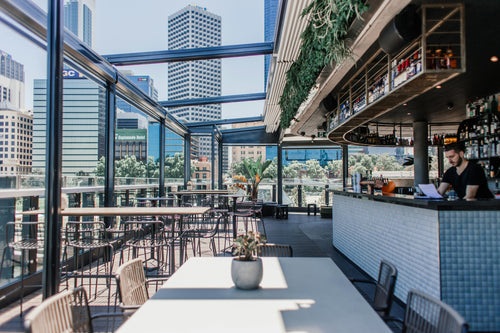
7 Rooftop Bars in Tokyo for Stunning Views
Tokyo’s rooftop bars offer some of the best ways to soak in the city’s skyline while enjoying drinks, atmosphere, and...
-

10 Best Nightclubs in Tokyo for Dancing and Music Lovers
Tokyo's nightlife is renowned for its variety and energy, with nightclubs that range from high-energy dance floors to...
-
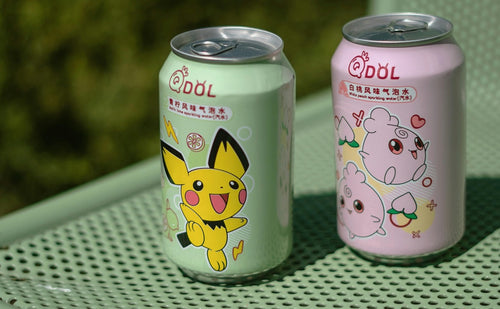
8 Themed Bars and Cafes You Need to Visit in Tokyo
Tokyo is famous for its creative and quirky themed bars and cafes, offering immersive experiences for locals and...
-

Tokyo Nightlife Guide: Shinjuku, Shibuya, and Roppongi Highlights
Tokyo’s nightlife is legendary, offering a mix of vibrant energy, entertainment, and unique experiences in some of it...
-
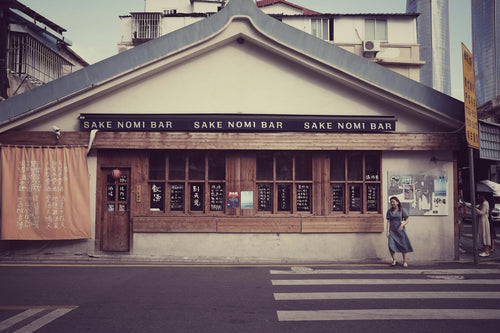
7 Best Japanese Sake Bars in Tokyo
Tokyo is home to some of Japan’s best sake bars, offering both locals and visitors an opportunity to explore the...
-
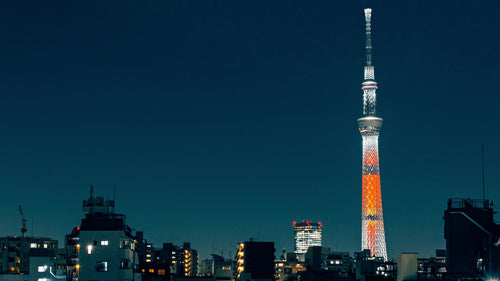
Top 6 Observation Decks in Tokyo for Scenic Views
Tokyo’s observation decks offer some of the best panoramic views of the city, giving visitors a chance to see th...
-
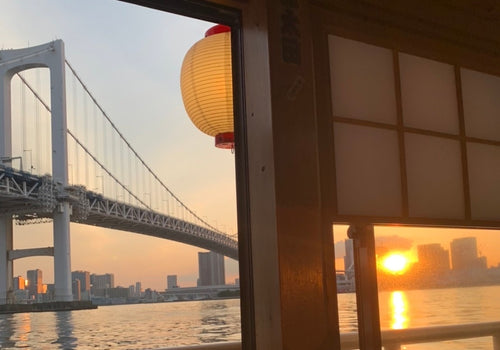
Night Cruises in Tokyo: Enjoy the City Views
Tokyo’s skyline is mesmerizing at any time, but experiencing it from the water on a night cruise adds a magical ...
-
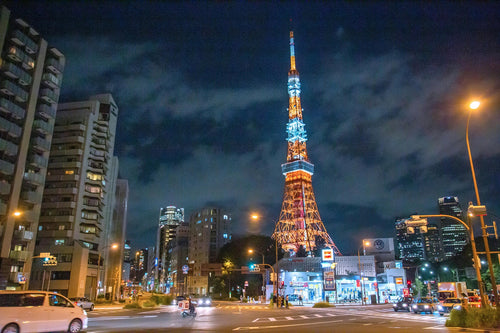
Roppongi Art and Nightlife Guide
Roppongi is one of Tokyo’s most vibrant districts, known for its lively nightlife, sophisticated art scene, and ...
-
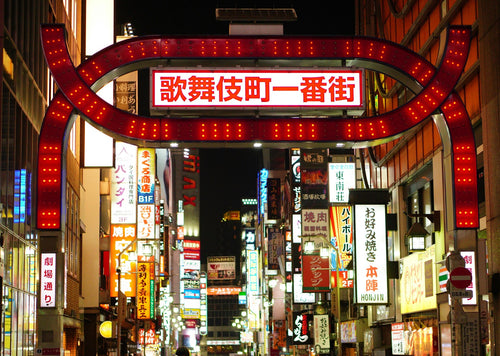
Nightlife Guide to Shinjuku Kabukicho
Shinjuku’s Kabukicho district, known as Tokyo’s “Sleepless Town,” is the center of nightlife in Tokyo. Renowned ...
-
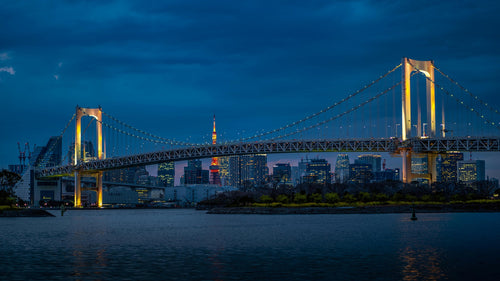
6 Best Night View Spots in Tokyo
Tokyo at night is a breathtaking spectacle, with illuminated skyscrapers, iconic landmarks, and bustling streets that...
-
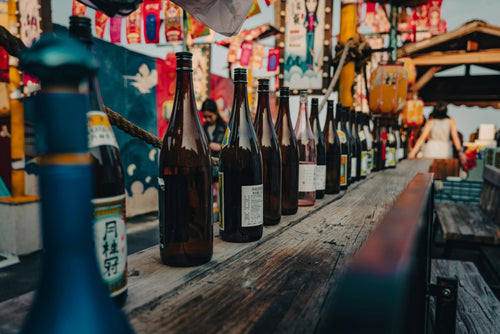
Top 12 Sake Breweries in Japan for Tasting and Tours
Japan’s sake culture is celebrated around the world for its depth, complexity, and rich history. Sake, or nihons...
-
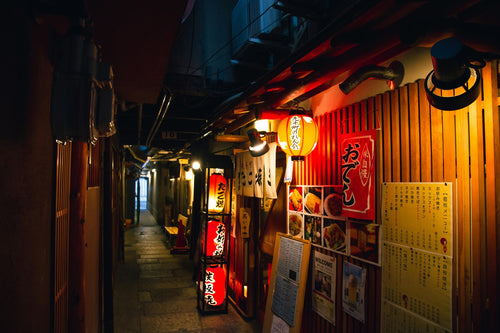
How to Enjoy a Night at a Japanese Izakaya
Japanese izakayas are casual, lively spots where locals gather after work to enjoy drinks, share small plates, a...
-

Exploring Karaoke Culture in Japan: 8 Best Places to Sing
Karaoke is an integral part of Japanese culture, offering a fun and entertaining way for friends, family, and even co...
-
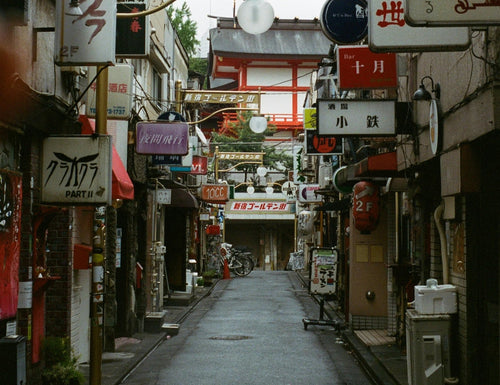
5 recommended bars in Golden Gai
Golden Gai, nestled in the heart of Tokyo’s Shinjuku district, is one of the city’s most iconic bar districts. Known ...
-

10 Japanese Gardens You Should Visit for Tranquility
Japanese gardens are renowned for their beauty, tranquility, and intricate designs that reflect harmony with nature. ...
-
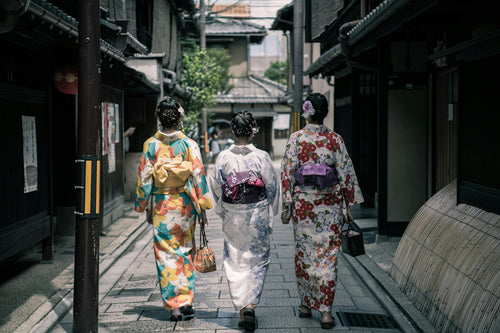
Japan’s Kimono Heritage: Symbolism, Style, and Where to See
The kimono, Japan’s traditional garment, is a beautiful and symbolic representation of Japanese culture. From its int...
-
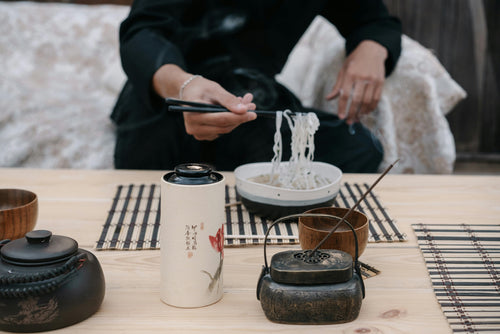
Etiquette Essentials for Visitors to Japan
Japan’s culture is rich in respect, politeness, and consideration, making etiquette an essential part of daily l...
-

7 Best Places to Discover Japan’s Samurai History
Japan’s samurai history is one of honor, skill, and deep cultural influence, stretching back centuries and leaving an...
-
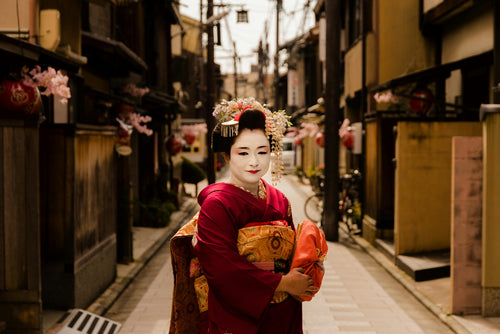
Geisha Culture in Japan: Myths and Realities
The world of geisha, Japan’s skilled performers and keepers of traditional arts, has long intrigued people around th...
-
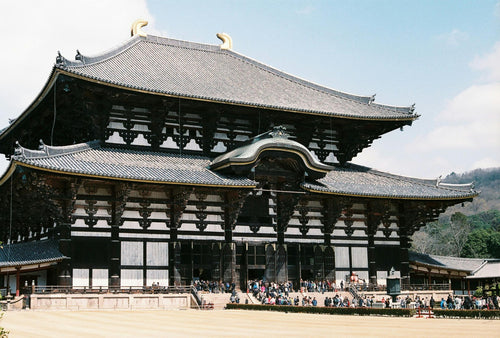
Japan’s Unique Architecture: Top 8 Traditional and Modern Landmarks
Japan is renowned for its unique blend of ancient architectural heritage and cutting-edge modern designs. From c...
-
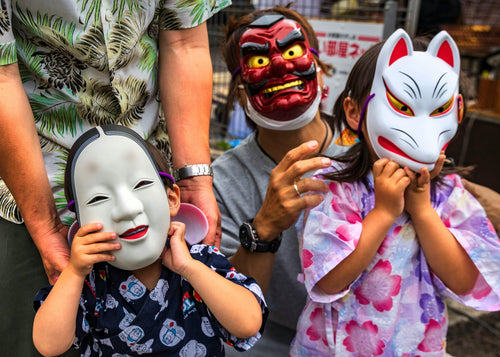
10 Traditional Japanese Festivals (Matsuri) You Can’t Miss
Japanese festivals, or *matsuri*, are vibrant celebrations of cultural heritage, featuring elaborate costumes, l...
-
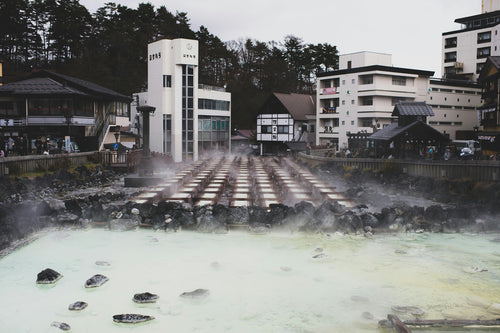
Japan’s Three Great Onsen: A Guide to Famous Hot Springs
Japan is famous for its natural hot springs, or *onsen* (温泉), offering visitors a unique opportunity to relax and rej...
-
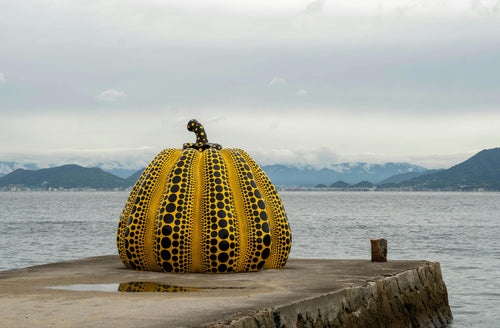
Japanese Art Exploration: Best Spots to Enjoy Art in Japan
Japan is a country rich in artistic heritage, from centuries-old traditional crafts to modern, innovative instal...
-

Guide to Japan’s Fireworks Festivals: When and Where to Go
Japan’s summer fireworks festivals, known as "hanabi taikai" (花火大会), are among the most anticipated events in th...
-
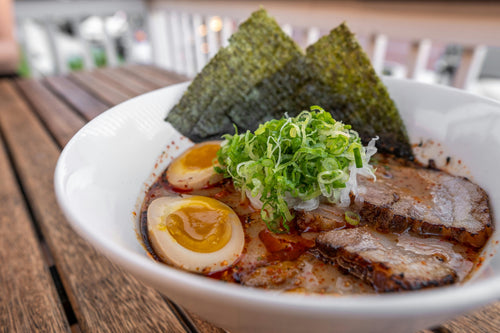
Where to Experience Ramen-Making Classes in Japan
Ramen is one of Japan’s most beloved dishes, with countless regional styles and flavors that attract food lovers from...
-
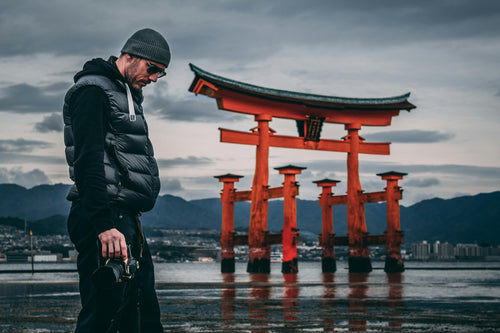
Power Spot Tours: Japan’s Famous Temples and Shrines
Japan is a land steeped in spiritual history, and visiting its temples and shrines provides not only a glimpse i...
-
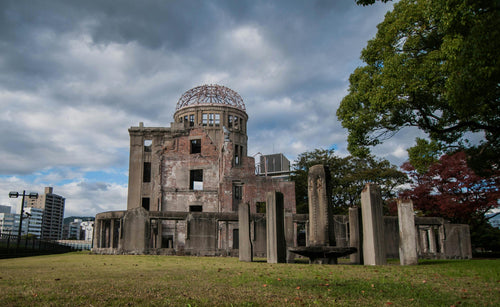
UNESCO World Heritage Site Tour Guide in Japan
Japan is home to numerous UNESCO World Heritage Sites, each offering a glimpse into the country’s rich cultural herit...
-
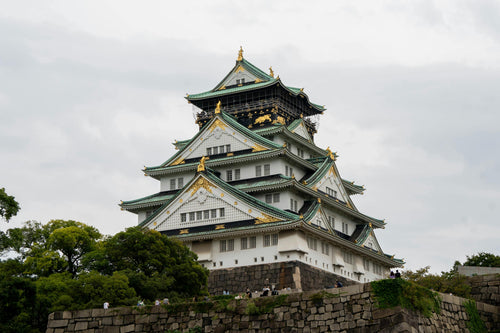
5 Famous Japanese Castles: History and Highlights
Japan is home to some of the most beautiful and historically significant castles in the world. Built during the feuda...
-
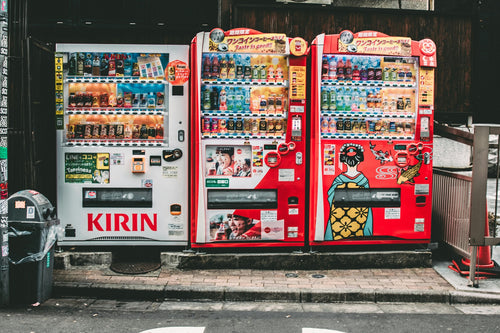
10 Unique Drinks to Try from Japanese Vending Machines
Japan is famous for its vending machines, offering an incredible variety of drinks that go beyond just soft drinks an...
-
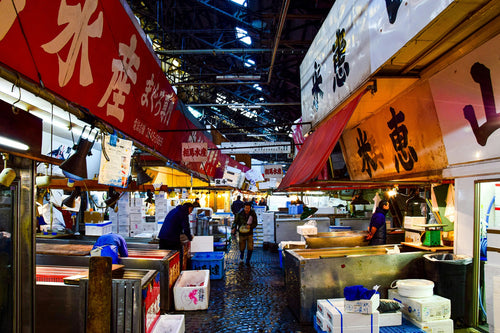
Tokyo Market Guide: Exploring Tsukiji and Toyosu Markets
Tokyo's Tsukiji and Toyosu Markets are must-visit spots for food lovers and anyone interested in Japan’s rich culinar...
-
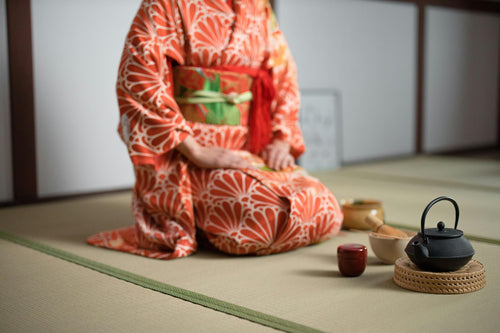
Experiencing Traditional Tea Ceremony in Tokyo
The Japanese tea ceremony, or "chanoyu," is a cultural experience steeped in tradition, aesthetics, and mindfulness....
-
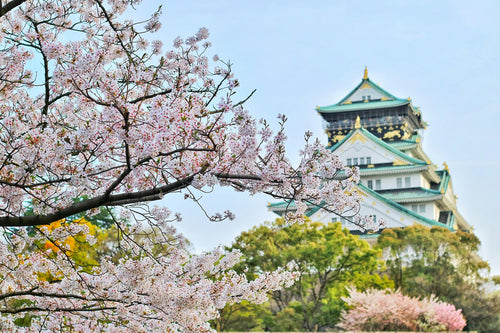
Top 7 Cherry Blossom Viewing Locations in Tokyo
Springtime in Tokyo is synonymous with the cherry blossom season, a breathtaking period when the city’s parks, rivers...
-
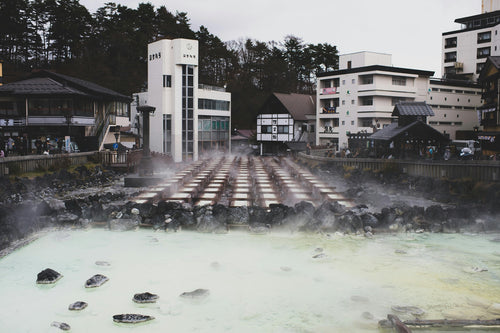
What is Onsen? A Guide to History, Benefits, and Etiquette
Onsen, Japan’s cherished hot spring culture, offers a unique blend of relaxation, scenic beauty, and deep-rooted trad...
-
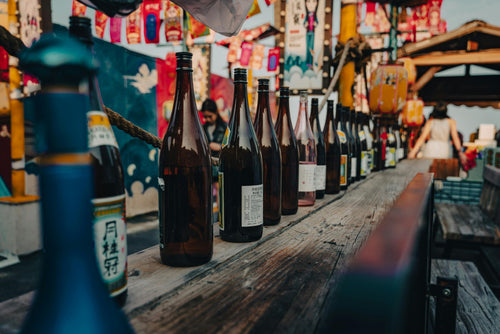
What is Sake? Its Production Method and History
Sake is a traditional Japanese alcoholic beverage made from fermented rice. It has been enjoyed in Japan for over a t...
-

8 hot springs with beautiful scenery near Tokyo
Tokyo is a bustling metropolis, but just outside the city are some of Japan's most serene hot springs, or onsens, off...
-

Top 10 museum to visit in Tokyo
Tokyo is home to a diverse range of museums that cater to all interests, from art and history to technology and pop c...
-
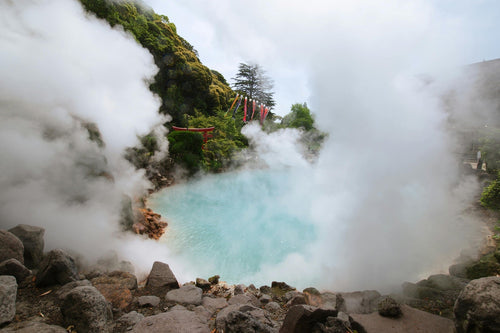
9 Best Hot Spring and Bathhouse in Tokyo
Tokyo is known for its vibrant urban energy, but it's also a fantastic place to relax and rejuvenate in hot springs (...
-
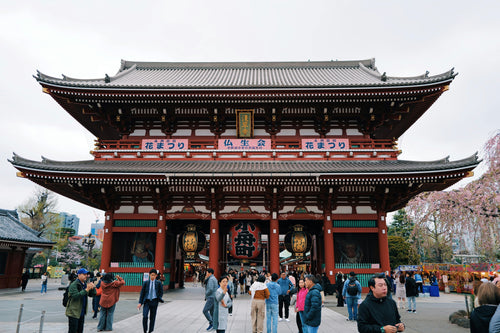
15 Famous Temples and Shrines to Visit near Tokyo
Tokyo and its surrounding areas are home to many famous temples and shrines that showcase Japan's rich spiritual and ...










































